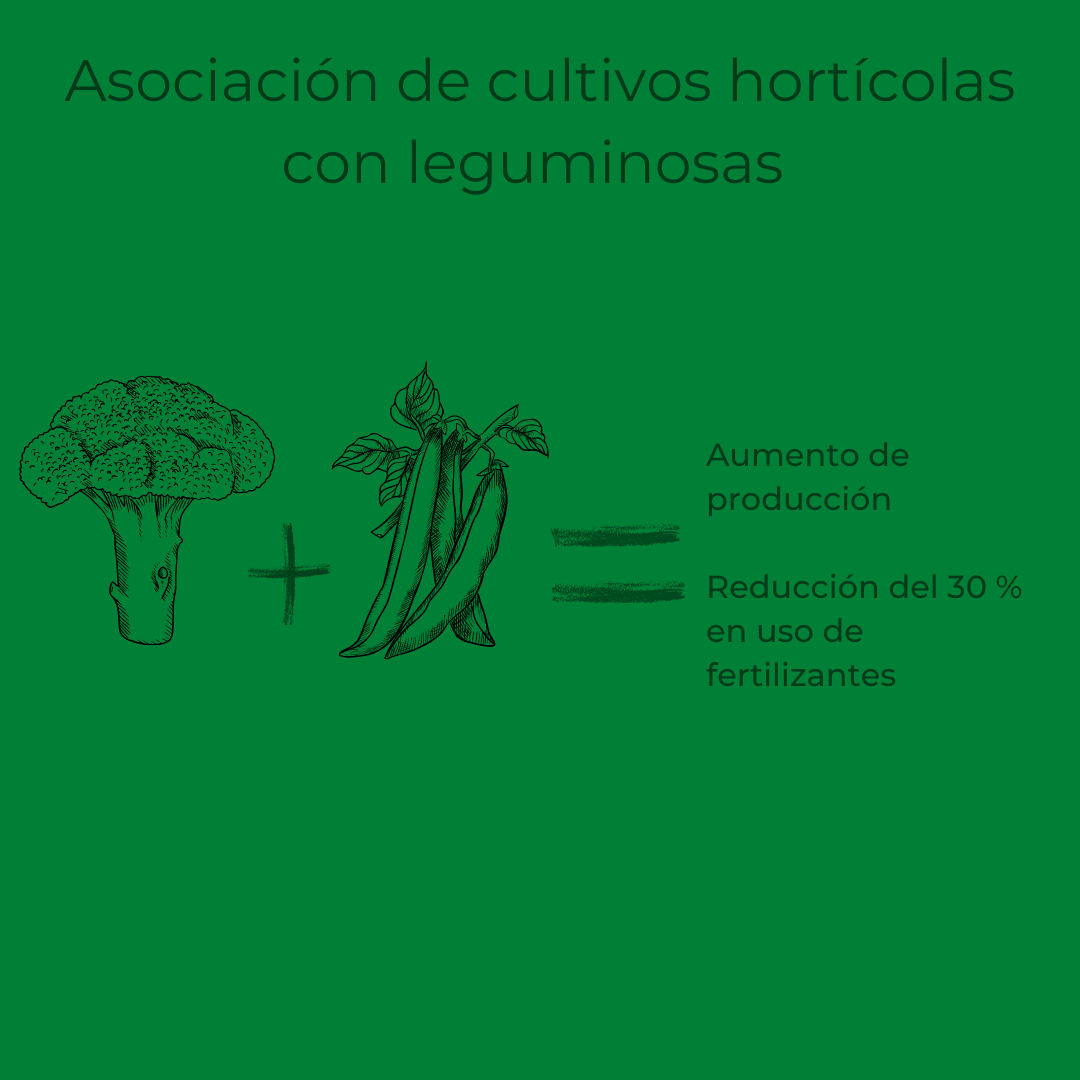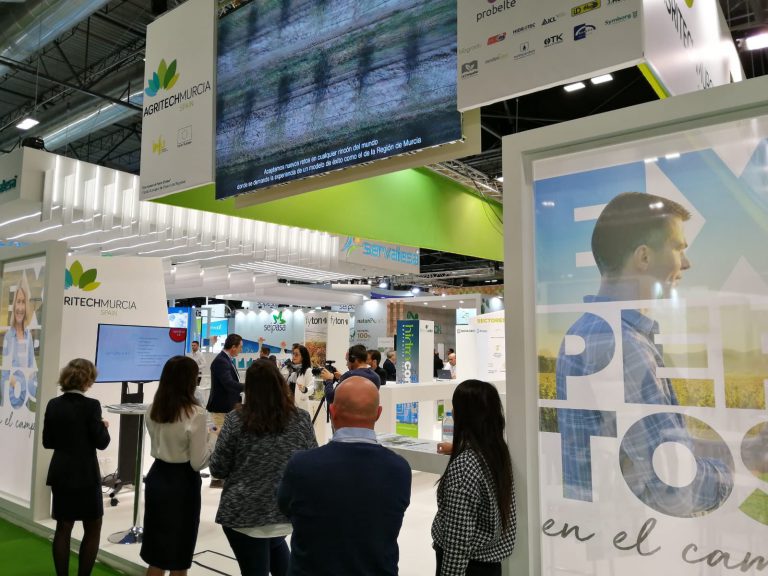The UPCT leads the national AsociaHortus project that achieves higher yields and increases soil fertility.
The AsociaHortus project evaluates the effect of combining horticultural crops such as broccoli in winter and melon in summer with leguminous species such as broad beans in winter and French beans in summer. These combined crops achieve a 30 percent reduction in fertiliser and pesticide use in crop yields, in addition to the beneficial impact on pest and disease reduction and ecosystem services (biodiversity, soil quality and carbon sequestration) over three crop cycles.
The results are due to the fact that legumes activate soil micro-organisms that favour nutrient mobilisation and improve soil structure, which ensures greater water retention. At the same time, there is a natural fertilisation of the crop, as the bacteria in the bean roots transform the nitrogen they take up in the air into ammonium and nitrate that can be used by the plants.
In addition, the legume flowers attract pollinators, which are necessary for the production of fruits such as melons, as well as beneficial insects that help to reduce the incidence of pests.
Broccoli and broad bean cultivation
The last cycle of the broccoli and broad bean association is ready to be harvested in the same plot at the Tomás Ferro Agroalimentary Experimental Station of the UPCT where last summer they grew melon in association with cowpea, when they obtained a significant increase in melon production in relation to a monoculture of melon.
The broccoli crop associated with broad beans has maintained its production despite a 30% reduction in the fertilisers used, in addition to obtaining an additional broad bean crop. The broad bean, once harvested, can be kept as a cover crop until the next crop, incorporating it into the soil as green manure.
UPCT, a member of the AgritechMurcia platform, is leading this national project, which is funded by the Ministry of Science and Innovation (AGL2017-83975-R).








